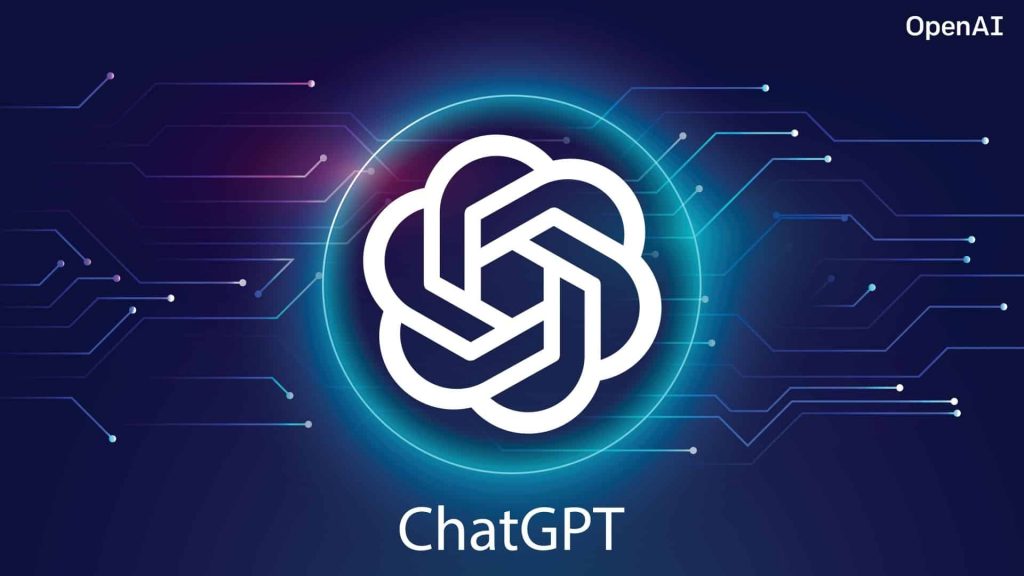Text Classification in Natural Language Processing
This data can be obtained from a real estate website, for example. Once the data is collected, it needs to be cleaned and prepped for use in the algorithm. These aren’t mutually exclusive categories, and AI technologies are often used in combination. But they provide a useful framework for understanding the current state of AI […]
This data can be obtained from a real estate website, for example. Once the data is collected, it needs to be cleaned and prepped for use in the algorithm. These aren’t mutually exclusive categories, and AI technologies are often used in combination. But they provide a useful framework for understanding the current state of AI and where it’s headed. For today Word embedding is one of the best NLP-techniques for text analysis.
This approach is not appropriate because English is an ambiguous language and therefore Lemmatizer would work better than a stemmer. Now, after tokenization let’s lemmatize the text for our 20newsgroup dataset. In the beginning of the year 1990s, NLP started growing faster and achieved good process accuracy, especially in English Grammar.
Semantic based search
Updates on modern marketing tech adoption, AI interviews, tech articles and events. For example, a business could examine email support from its customers and point out that one of the items has more concerns about features than price. Text summarization can be narrowly separated into two categories—Extractive Summarization and Abstract Summarization. The next step is to tokenize the document and remove stop words and punctuations.
- Other than the person’s email-id, words very specific to the class Auto like- car, Bricklin, bumper, etc. have a high TF-IDF score.
- It has received a lot of attention in recent years because of the successes of deep learning networks in tasks such as computer vision, speech recognition, and self-driving cars.
- Therefore, NLP uses these models to comprehend the predictability of languages and words.
- We sell text analytics and NLP solutions, but at our core we’re a machine learning company.
- Overall, NLP is a rapidly evolving field that has the potential to revolutionize the way we interact with computers and the world around us.
- NLP can be used in combination with optical character recognition (OCR) to extract healthcare data from EHRs, physicians’ notes, or medical forms, in order to be fed to data entry software (e.g. RPA bots).
Using these methods, machines are able to generate natural machine-to-human languages. The benefits of computer programs that can decode complex linguistic patterns are countless. Discussed below are the key techniques NLP experts use to implement this valuable tactic into our day to day activities.
From smart city to data-driven city
GAs have been used to solve a wide variety of problems, ranging from routing vehicles in a city to designing airplane wings that minimize drag. They have also been used in fields such as machine learning and artificial intelligence, where they can be used to “evolve” neural networks that perform tasks such as facial recognition or playing games like Go and chess. Deep learning is another subset of AI, and more specifically, a subset of machine learning. It has received a lot of attention in recent years because of the successes of deep learning networks in tasks such as computer vision, speech recognition, and self-driving cars. If you’re interested in using some of these techniques with Python, take a look at the Jupyter Notebook about Python’s natural language toolkit (NLTK) that I created. You can also check out my blog post about building neural networks with Keras where I train a neural network to perform sentiment analysis.
To find the dependency, we can build a tree and assign a single word as a parent word. Lemmatization removes inflectional endings and returns the canonical form of a word or lemma. It is similar to stemming except that the lemma is an actual word.
Semantic
Vectorization is a procedure for converting words (text information) into digits to extract text attributes (features) and further use of machine learning (NLP) algorithms. However, computers cannot interpret this data, which is in natural language, as they communicate in 1s and 0s. Hence, you need computers to be able to understand, emulate and respond intelligently to human speech. There have also been huge advancements in machine translation through the rise of recurrent neural networks, about which I also wrote a blog post. Let’s look at some of the most popular techniques used in natural language processing.
Statistical models develop probabilistic models that help with predictions for the next word in the sequence. It also uses data to make predictions depending on the words that preceded. Moreover, there are multiple statistical language models that help businesses.
Introduction to Natural Language Processing (NLP)
The sentence’s sentiment score is determined using the phrase’s polarity. Additionally, NLP can be used to summarize resumes of candidates who match specific roles in order to help recruiters skim through resumes faster and focus on specific requirements of the job. NLP is used to identify a misspelled word by cross-matching it to a set of relevant words in the language dictionary used as a training set. The misspelled word is then fed to a metadialog.com machine learning algorithm that calculates the word’s deviation from the correct one in the training set. It then adds, removes, or replaces letters from the word, and matches it to a word candidate which fits the overall meaning of a sentence. In considering the NLP applications of word-sense disambiguation, information extraction, question answering, and summarization, there is a clear need for increasing amounts of semantic information.
- To store them all would require a huge database containing many words that actually have the same meaning.
- Moreover, the language model adapts learning skills mitigating the requirement for supervision.
- In general, the selection of technology depends on the linguistic characteristics of the text.
- But despite this broad consensus, there is still a lot of confusion about what AI is and how to use it.
- The goal of NLP is for computers to be able to interpret and generate human language.
- Let’s write a small piece of code to clean the string so we only have words.
Computer languages are inherently strict in their syntax and would not work unless they are correctly spelled. On the contrary, natural languages have more flexibility to adapt and interpret the flaws coming from mispronunciation, accents, word play, dialects, context, etc. To teach computers how to understand human languages, scientists have adopted concepts and models from linguistic fields. NLP is widely used in power search, chat bots, mobile and web applications, translation and voice-assisted devices.
Types of NLP Engines
In this short article, we’ll review the different types of NLP and make the case for why machine learning-based NLP is the best solution for tagging automation. BERT is a conceptually simple and empirically robust language representation model. Moreover, it abbreviates to Bidirectional Encoder Representations from Transformers.
Rule-based NLP has improved accuracy relative to keyword extraction. NLP is how we can get computers to understand language—speech and text. We first outlined the main approaches, since the technologies are often focused on for beginners, but it’s good to have a concrete idea of what https://www.metadialog.com/blog/algorithms-in-nlp/ tasks there are.









 Gizem
Gizem 28 Nisan 2023
28 Nisan 2023 








